This article was medically reviewed by Luba Lee, FNP-BC, MS and by wikiHow staff writer, Jennifer Mueller, JD. Luba Lee, FNP-BC is a Board-Certified Family Nurse Practitioner (FNP) and educator in Tennessee with over a decade of clinical experience. Luba has certifications in Pediatric Advanced Life Support (PALS), Emergency Medicine, Advanced Cardiac Life Support (ACLS), Team Building, and Critical Care Nursing. She received her Master of Science in Nursing (MSN) from the University of Tennessee in 2006.
There are 14 references cited in this article, which can be found at the bottom of the page.
This article has been viewed 31,370 times.
If you're a frequent cyclist, whether competitively or for exercise, you'll likely end up with a saddle sore at some point. Cyclists use the phrase "saddle sore" to refer to different things, but usually, the term refers to a small, tender spot in an area where the chamois of your cycling shorts contacts your body. Saddle sores typically look like a pimple or an ingrown hair, but they can feel like a pebble in your shorts when you're riding. Thankfully, most saddle sores can be healed at home in just a few days' time. You only need to see your doctor if the spot becomes infected or you can't seem to get rid of them no matter what you do.[1]
Steps
Treating Saddle Sores Yourself
-
1Look for a raised pink or red spot in an area that rubs your saddle. Saddle sores typically look like a pimple or an ingrown hair. The spot itself typically is very small in relation to how it feels.[2]
- If you have multiple saddle sores in the same area, they may have the appearance of a rash, similar to razor burn.
-
2Apply ice to reduce swelling. When you first get a saddle sore, it might be swollen and inflamed. An ice pack can help reduce the inflammation and also numbs the area so it won't be as painful.[3]
- Wrap the ice pack in a soft towel or washcloth so that it doesn't directly touch your skin. Apply the ice pack off-and-on for 1 to 5 minutes at a time, but don't leave it on for more than 20 minutes at a time. You can do this as often as every 2 hours while you're awake during the first 24 to 48 hours after you get the saddle sore.
Advertisement -
3Take a break from cycling for a day or two. Depending on the location of your saddle sore, riding might be excruciating. Regardless, additional pressure and friction won't help your saddle sore heal any faster.[4]
- If you're training for a race and can't afford to take a day or two off, at least ride a different bike with a different saddle for a couple of days. That will change the pressure points so you're not rubbing directly against the saddle sore.
-
4Keep your chamois area as clean as possible. Take a shower in the morning, in the evening, and anytime after you've worked up a sweat. A quick rinse might be all you need. Make sure you dry yourself thoroughly, especially the area around your saddle sore.[5]
- Use a mild, fragrance-free soap or shower gel to avoid further irritation to your skin.
Tip: Keep wipes handy so you can clean the area when necessary if you're on the go or don't have the time to hop in the shower.
-
5Dab the saddle sore with an over-the-counter acne gel. Any over-the-counter acne gel with 10% benzoyl peroxide will treat your saddle sore and help it heal faster. Make sure your skin is clean and completely dry before you dab the medication on the spot.[6]
- Give the gel a minute or two to dry before you put any clothing on over the spot. If you wash the area, you may want to reapply the gel.
-
6Wear lightweight clothing to let your skin breathe. Friction and moisture are the enemy of a saddle sore. To ensure that it heals as quickly as possible, wear light, loose-fitting clothing that won't rub up against the saddle sore. A skirt or kilt is the ideal choice, but if you don't feel comfortable wearing that type of clothing, try loose shorts or lounge pants.[7]
- If your underwear chafes against your saddle sore, you might want to go without for a day or two. Looser-fitting boxer shorts are also an option.
- Sleeping in the nude can also help saddle sores heal faster because your crotch will stay dry and not rub against any clothing.[8]
-
7Use over-the-counter anti-inflammatory medication as needed. Saddle sores can range from mildly irritating to excruciatingly painful, depending on the location and severity. If you have trouble going about your normal daily activities because of pain from a saddle sore, an over-the-counter anti-inflammatory medication, such as ibuprofen (Advil, Motrin IB) can help.[9]
- Follow the instructions on the bottle and don't take over-the-counter medications regularly for more than a day or two. If you still feel as though you need the medication after 2 or 3 days, you might want to have a doctor take a look at your saddle sores.
Seeking Medical Treatment
-
1Recognize the symptoms of a more serious saddle sore. If your saddle sores last for more than 2 weeks or are causing excruciating pain, they may be infected or require other medical treatment. Symptoms of a saddle sore that might require a visit to the doctor include:[10]
- Serious pain
- Pus oozing out of the sore
- Fever and chills
-
2Visit your general practitioner if a saddle sore becomes infected. If you happen to break the skin (or "pop") a saddle sore, there's a chance it can become infected. Once infection sets in, you'll typically need antibiotics.[11]
- Your regular doctor can examine your saddle sores and tell you if they're infected. If you suspect an infection, or if you have broken skin, it's typically better to see a doctor as soon as possible rather than take a "wait and see" approach.
Warning: Avoid popping, squeezing, or otherwise messing with saddle sores. Once the skin is broken, they can easily become infected, even if you keep the area as clean as possible.
-
3Take antibiotics as prescribed. If you do have infected saddle sores, your doctor will likely prescribe you a round of antibiotics. You'll likely notice that your symptoms disappear after a day or two. However, continue to take the full round of antibiotics you were prescribed.[12]
- If you stop taking antibiotics before you've finished the full round, it's likely the infection will return. The returned infection might be more severe or harder to treat as a result.
-
4Talk to a dermatologist if you have recurring saddle sores. If you're doing everything you can to prevent and treat saddle sores, but they keep coming back, you may have an underlying skin issue that's causing them. A dermatologist can examine your skin and help determine the problem. They may prescribe a stronger topical or oral medication to provide you some relief.[13]
- Keep a log of when you get saddle sores, their approximate location, and how long it takes for them to heal. This log can help the dermatologist get to the root of the problem more quickly.
Preventing Saddle Sores
-
1Find a saddle that fits and suits your riding style. Saddle sores typically happen when your saddle is chafing against your chamois area as you ride. If your saddle fits properly, it shouldn't cause this problem. However, you might find that you need to swap out your saddle, especially if your riding style has changed recently.[14]
- Choose an ergonomic saddle that minimizes contact with your groin. Not only will this protect you against saddle sore, it can also prevent impotence in male riders and sensitivity in female riders, which can result from the saddle pressing on the nerves in your groin.
- If you're a more aggressive sprint rider, look for a saddle that relieves pressure toward the front. Endurance riders who favor long rides, on the other hand, will want more padding in the rear.
- Your saddle should also be the appropriate width for your anatomy. Bike shops typically have tools to measure and find the best width for you. However, it can take a little bit of trial and error to get it right.
- When you're breaking in a new saddle, start with shorter rides and gradually increase the distance to avoid getting saddle sores while you adjust to the new saddle.[15]
Tip: Check your bike fit as well. If your saddle is too high or too low, you'll have extra chafing that can lead to saddle sores. Make sure your whole set-up isn't to blame.
-
2Wear cycling shorts that fit well and have a smooth chamois. If you previously weren't getting saddle sores and now you do, your favorite cycling shorts might be worn out. Look for rough seams that might be causing extra chafing. A one-piece liner or one without a center seam typically causes the least amount of chafing.[16]
- Try different brands to see which ones are the most comfortable. Once you find a brand you like, it's a good idea to get 2 or 3 pairs so you always have a backup.
-
3Shower before and after your ride. You're less likely to get saddle sores if your chamois area is clean and dry. A quick rinse before you ride ensures that your skin is clean. After your ride, a nice hot shower will wash off the sweat as well as any creams or lubricants you were wearing.[17]
- Take your after-ride shower immediately after you finish your ride. Walking around in sweaty shorts is a good way to get saddle sores, even if the ride itself is not to blame.
-
4Take your shorts off and wash them immediately after cycling. As soon as you come in from your ride, take off your bike shorts and put them in the wash. Because you're not wearing underwear with your bike shorts, they can be a haven for bacteria and should not be worn more than once.[18]
- Standing around in your shorts after a ride allows bacteria to remain in contact with your skin, which can cause saddle sores or make any sores you already have worse.
-
5Use a chamois cream if you're prone to saddle sores. Chamois creams reduce friction and also have anti-bacterial ingredients that prevent bacteria from penetrating your skin and causing saddle sores. These creams also typically have aloe vera or other soothing ingredients that will calm inflammation.[19]
- If you're not sure which cream would be best to you, talk to other cyclists or someone who works at your favorite bike shop. They'll likely have a recommendation.
- You might also want to try several different creams so you can decide which one you like the best.
-
6Adjust your riding position on your bike frequently. The more you move, the less pressure you're putting on your crotch. Stand and stretch for 15 to 20 seconds every 5 minutes or so while you're riding.[20]
- You can use natural acceleration points, such as short hills, to get your stretching in. Standing when you see rough pavement also keeps the saddle from putting undue pressure on your crotch.
Warnings
- Removing your pubic hair may cause you to have more saddle sores because you're taking away a natural barrier between your skin and your shorts.[21]⧼thumbs_response⧽
References
- ↑ https://www.mdpi.com/2409-9279/3/1/4
- ↑ https://www.houstonmethodist.org/~/media/pdf/employee/MS150/Saddle-Sores.ashx?la=en
- ↑ https://core.ac.uk/download/pdf/328381771.pdf
- ↑ https://core.ac.uk/download/pdf/328381771.pdf
- ↑ https://scholarworks.wmich.edu/humanperformance_faculty/8/
- ↑ https://scholarworks.wmich.edu/cgi/viewcontent.cgi?article=1006&context=humanperformance_faculty
- ↑ https://www.jospt.org/doi/pdf/10.2519/jospt.1996.23.6.388
- ↑ https://www.gvrcycling.org/uploads/1/2/9/9/129954210/newsletter_2021-10-27.pdf
- ↑ https://www.houstonmethodist.org/~/media/pdf/employee/MS150/Saddle-Sores.ashx?la=en
- ↑ https://scholarworks.wmich.edu/cgi/viewcontent.cgi?article=1006&context=humanperformance_faculty
- ↑ https://mospace.umsystem.edu/xmlui/bitstream/handle/10355/13494/SaddleSoresCyclist.pdf?sequence=1
- ↑ https://www.researchgate.net/publication/346262384_A_Saddle_sores_among_female_competitive_cyclists_A_systematic_scoping_review
- ↑ https://www.jospt.org/doi/pdf/10.2519/jospt.1996.23.6.388
- ↑ https://www.sportsmedtoday.com/saddle-sores-va-30.htm
- ↑ https://scholarworks.wmich.edu/cgi/viewcontent.cgi?article=1006&context=humanperformance_faculty
- ↑ https://www.sportsmedtoday.com/saddle-sores-va-30.htm
- ↑ https://pedalchile.com/blog/chamois-cream
- ↑ https://health.clevelandclinic.org/cycling-saddle-sores-5-simple-prevention-tips/
- ↑ https://www.ncbi.nlm.nih.gov/pmc/articles/PMC2379777/pdf/canfamphys00109-0166.pdf
- ↑ https://www.ncbi.nlm.nih.gov/pmc/articles/PMC2379777/pdf/canfamphys00109-0166.pdf
- ↑ https://www.mdpi.com/2409-9279/3/1/4/pdf-vor




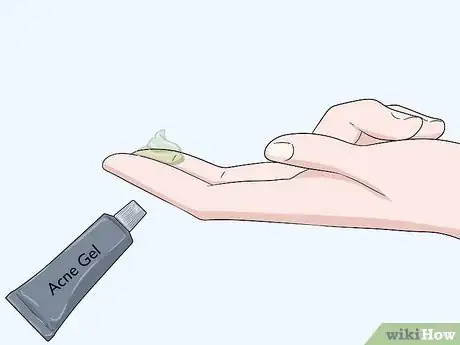

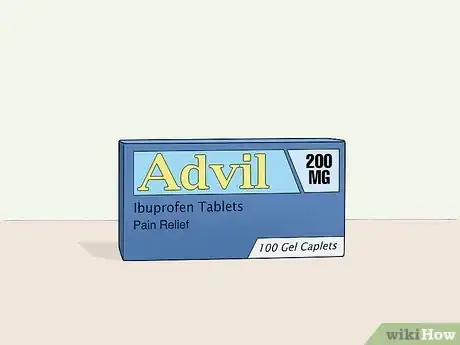




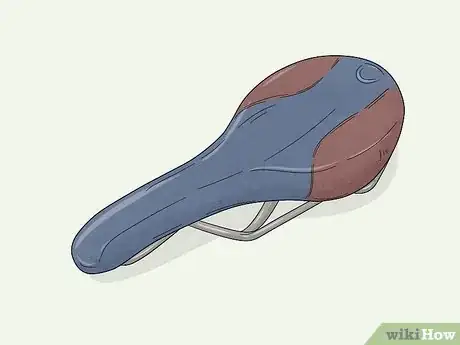


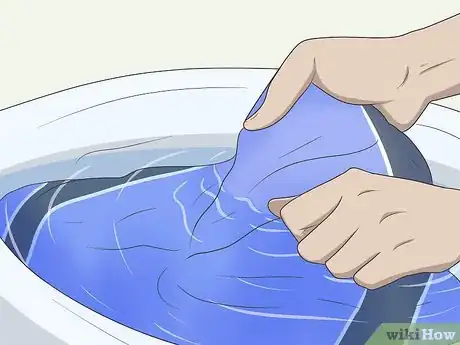


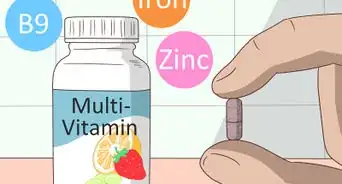
-Step-10-Version-2.webp)
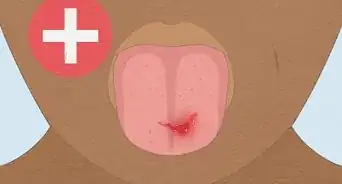
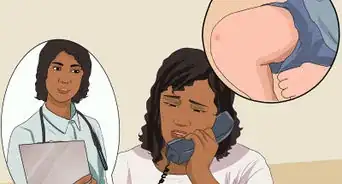

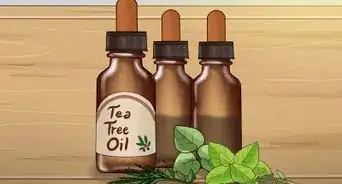
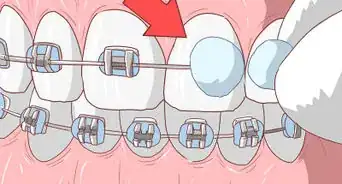
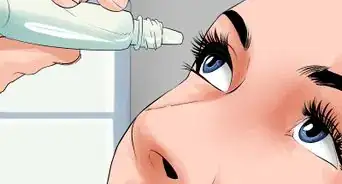
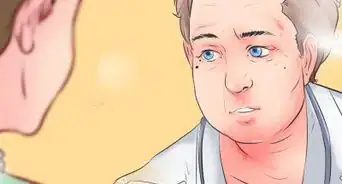
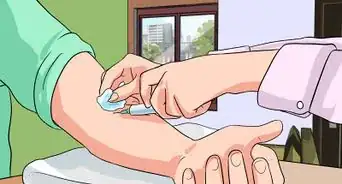










-Step-10-Version-2.webp)
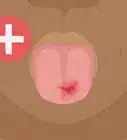




































Medical Disclaimer
The content of this article is not intended to be a substitute for professional medical advice, examination, diagnosis, or treatment. You should always contact your doctor or other qualified healthcare professional before starting, changing, or stopping any kind of health treatment.
Read More...